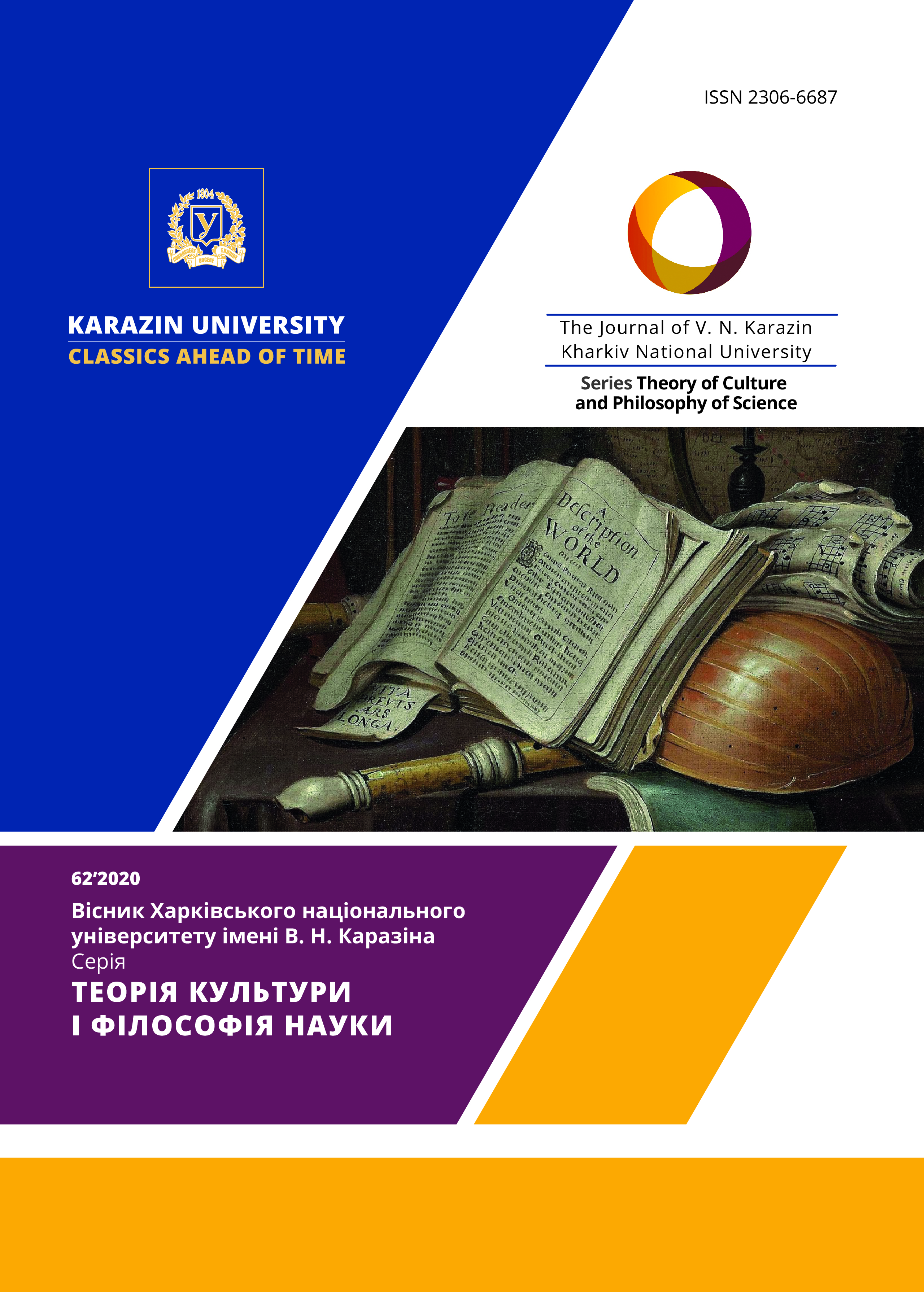ЗАСТОСУВАННЯ СИСТЕМНО-ЦІЛІСНОГО МЕТОДУ ДЛЯ АНАЛІЗУ БІОСОЦІАЛЬНИХ СИСТЕМ
Анотація
Використання системно-цілісного методу при розгляді біосоціальних груп (людське соціальне суспільство, соціальні біоспільноти тварин) є найбільш перспективним підходом при дослідженні даних об'єднань, як при «персоніфікованому» вивченні людського суспільства (або біоспільнот тварин), так і при порівняльному аналізі останніх між собою. Метою статті є розгляд можливості застосування системно-цілісного аналізу при вивченні біосоціальних систем, які представлені, як людським суспільством, так і соціальними утвореннями, характерними для спільнот тварин. Для досягнення поставленої нами мети ми ставимо перед собою наступні завдання: 1) виявлення основних методологічних характеристик біосистем; 2) описати структурну організованість біосистем.
Підводячи, вище викладеного матеріалу, слід зазначити наступне:
По-перше, реальні біоспільноти володіють основним атрибутом системи - ієрархічною структурою. Іншими словами, є структурованими системами, що дозволяє говорити про них як про цілісні утворення.
По-друге, структура біоспільнот нерозривно пов'язана з його функцією. Розглядаючи біосистему, слід виділяти в ній статичну, динамічну і генетичну структуру. Перша відображає структурну взаємодію елементів, а друга - схему їх відносин при активному функціонуванні системи. Генетична структура - вказує на ступінь спорідненості (подібності) елементів системи.
На підставі цього можна запропонувати ряд методологічних підходів до вивчення біосоціальної структури, а саме: 1. фіксування числа функціональних рівнів і кількості особин-елементів на кожному з них; 2. опис функціональної взаємодії між «статичними рівнями» при взаємодії. Без знання функціонального єдності неможливо зрозуміти «доцільність» тих чи інших елементів системи.
Таким чином, системно-цілісний аналіз цілком можна застосувати для опису біосоціальних утворень (людське суспільство і біосоціальних груп тварин). Розгляд даних об'єднань як системно-структурних одиниць є інформативним методом їх вивчення.
Завантаження
Посилання
Zhirmunskiy, A. (1990). Critical levels in the development of natural systems. Leningrad: Nauka, 1990. (In Russian).
Brief philosophical encyclopedia. Moscow: Progress, 1994. (In Russian).
Rozen, R. (1966). Optimality principle in biology. Moscow: Mir, 1966. (In Russian).
Sadovskiy, V. (1974). Foundations of general systems theory. Moscow: Nauka, 1974. (In Russian).
Setrov, M. (1971). Organization of biosystems. Leningrad: Nauka, 1971. (In Russian).
Tyuhtin, V. (1980). On the concept of biological organization. Moscow: Nauka, 1980. (In Russian).
Eshbi, R. (1966). The principles of self-organization in the collection: The principles of self-organization (A. M. Rapoport, Ed.). Moscow, 1966. (In Russian).
Self-organization principles. Moscow: Mir, 1985. (In Russian).




